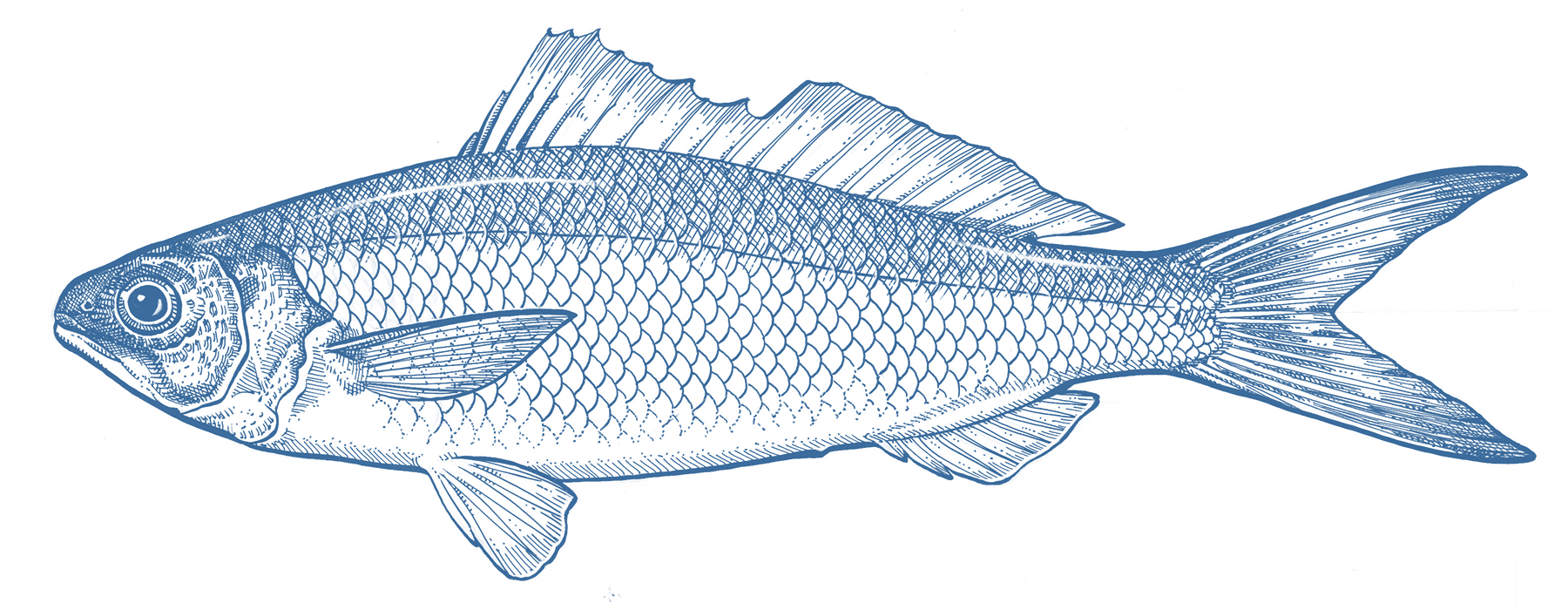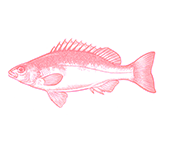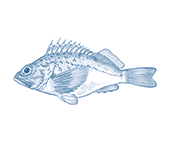




- Better Choice
Wild Caught
Region:
WA, SA
- Australian herring are caught in nearshore gillnet and haul net fisheries across southern Australia, with most catch coming from gillnet and haul net fisheries managed by the WA and SA governments.
- Australian herring is a fast growing species that is quick to mature and produces a high number of offspring.
- The same population of Australian herring is caught in WA and SA; the species has recently successfully recovered from an overfished state to reach healthy levels after effective management intervention, which is welcome.
- The net methods used to catch Australian herring pose a risk to marine habitats and threatened species.
- SA Marine Scalefish Fishery (96t in 2019)
- WA West Coast Estuarine Fishery, South Coast Estuarine Fishery, Cockburn Sound (Fish Net) Fishery (76t in 2020)
Australian herring is a species of small predatory fish that is endemic to southern Australian coastal and estuarine waters. There is one population of Australian herring that breeds in Western Australia, migrates east and then returns to WA waters again to reproduce. The catch of fish in WA used to be predominantly adult fish, whereas the catch in SA is of juvenile fish.
Historical catches of Australian herring were around 1,500t in the 1990’s, and catches have declined significantly over time, due to both concerns over the stock status of Australian herring and changing community seafood preferences. The species is also a key target of recreational fishing.
Australian herring has been considered overfished for most of the past decade, but a responsible management approach and the sacrifice of commercial and recreational fishers in reducing their catches have allowed the population to rebuild to be back around healthy levels in the most recent scientific assessment in 2021.
Australian herring is a fast growing species that is quick to mature and produces a high number of offspring. These biological characteristics mean that the population is likely to be relatively resilient, but likely to be affected by environmental changes.
Australian herring are caught in haul and herring gillnets in coastal waters that are attended by fishers. Although independently verified information collection is weak or absent in these fisheries, these types of fishing methods generally have a low impact on threatened species and habitats, and there is a likelihood that any trapped wildlife can be released alive.


